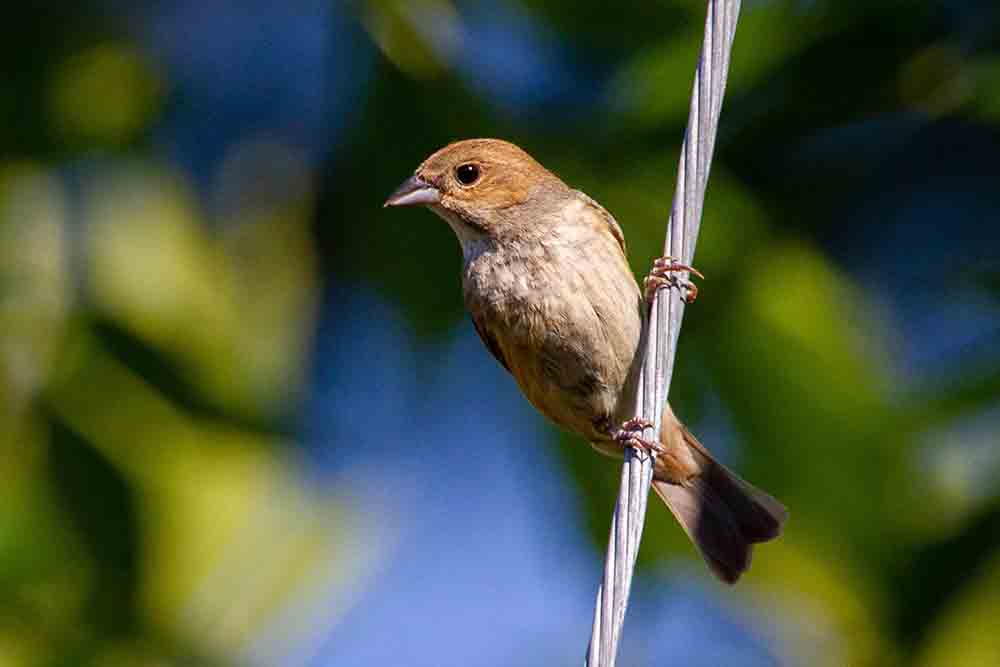RECENT statistics have shown the majority of Scotland’s breeding bird populations are on the rise.
Released yesterday by NatureScot, the stats show a promising future for Scotland’s avians.
Data from 1994 to 2023 shows populations have been booming in Scotland with over half the terrestrial breeding bird species showing signs of population increase.
The stats cover 66 species with 36 of these showing increases and seven remaining stable, whilst only 23 species showed decline.

Chiffchaff numbers increased by a whopping 1428%, a massive increase in population size which is attributed to rising temperatures.
Great spotted woodpeckers also showed a large increase with a population increase size of 699%.
Sadly chaffinches, an exceedingly common garden bird, have shown a population decline of 13% suspected to be caused by bird parasites linked to unhygienic feeding areas.
Climate change leading to milder winters has also been attributed to the declining numbers of terrestrial breeding bird populations.
Capercaillie has suffered a 17% decline in population size, sadly mostly attributed to collisions with fences and climate change.
Upland birds show the biggest decline of 20% with this being attributed to climate change, forest expansion, and changes in site-based management practices such as grazing and predator control.
Curlew breeding numbers have declined over 60%, and changes to land management, climate and food availability are all having an impact.
Targeted action is taking place in Scotland to help restore suitable breeding habitats and research is underway to help improve our understanding of the declines.
Scotland’s terrestrial breeding birds include familiar species such as chiffchaff, great tit, wren, song thrush, magpie, kestrel, greenfinch, lapwing, oystercatcher and skylark.
Simon Foster, NatureScot trends and indicators analyst, said: “Since many bird populations are widespread and abundant, can respond quickly to environmental change, and are well surveyed in the UK through volunteer-based and professional surveys, they are useful biodiversity indicators.
“This report clearly shows that the emerging long-term differences in Scotland’s terrestrial breeding bird populations are dependent on a species’ ability to adapt to climate and habitat changes.
“Not only do we have our part to play in ensuring Scotland’s habitats are supported to function at the best of their potential for nature, but we can also make space for nature in our gardens by keeping feeding areas clean to help reduce the chance of diseases being passed within bird populations.
“Ensuring that sufficient food for only one to two days at a time is left in feeders, and that bird stations are regularly cleaned, is a great start.”